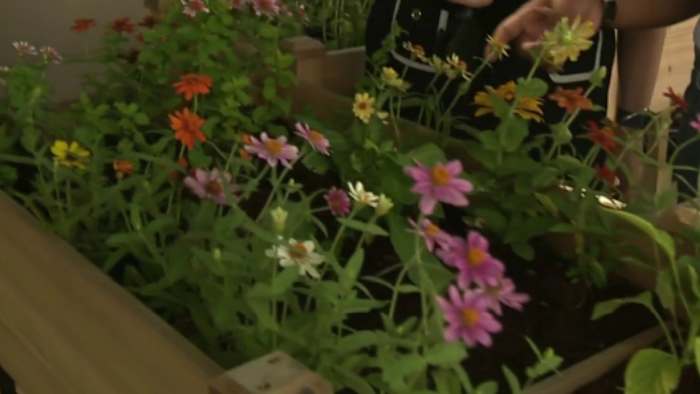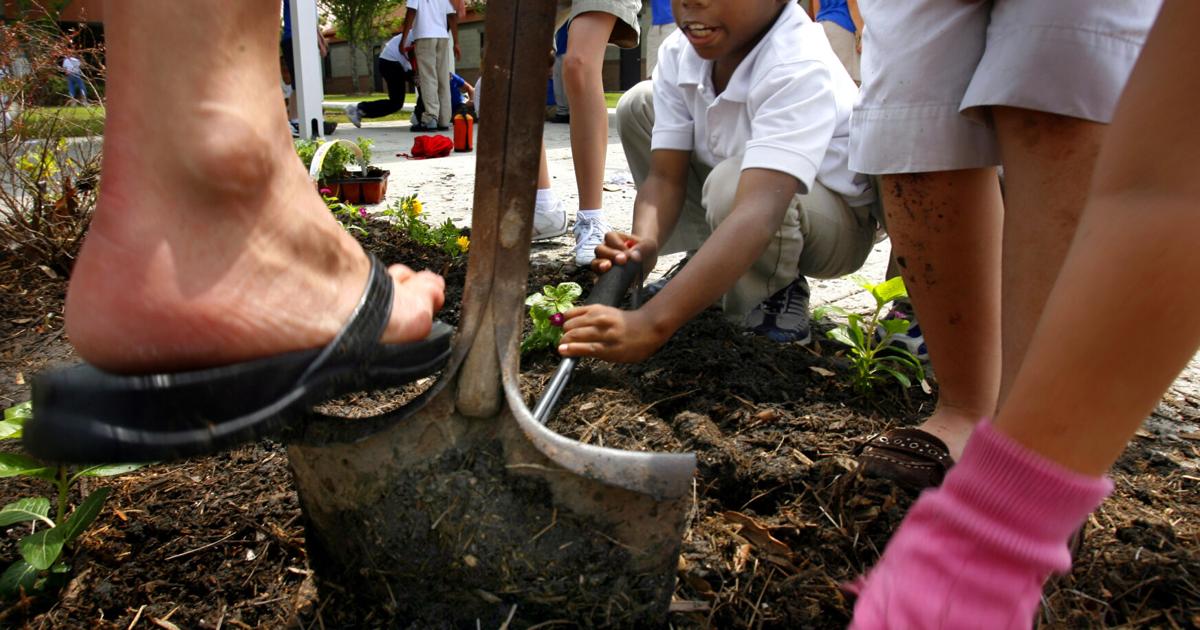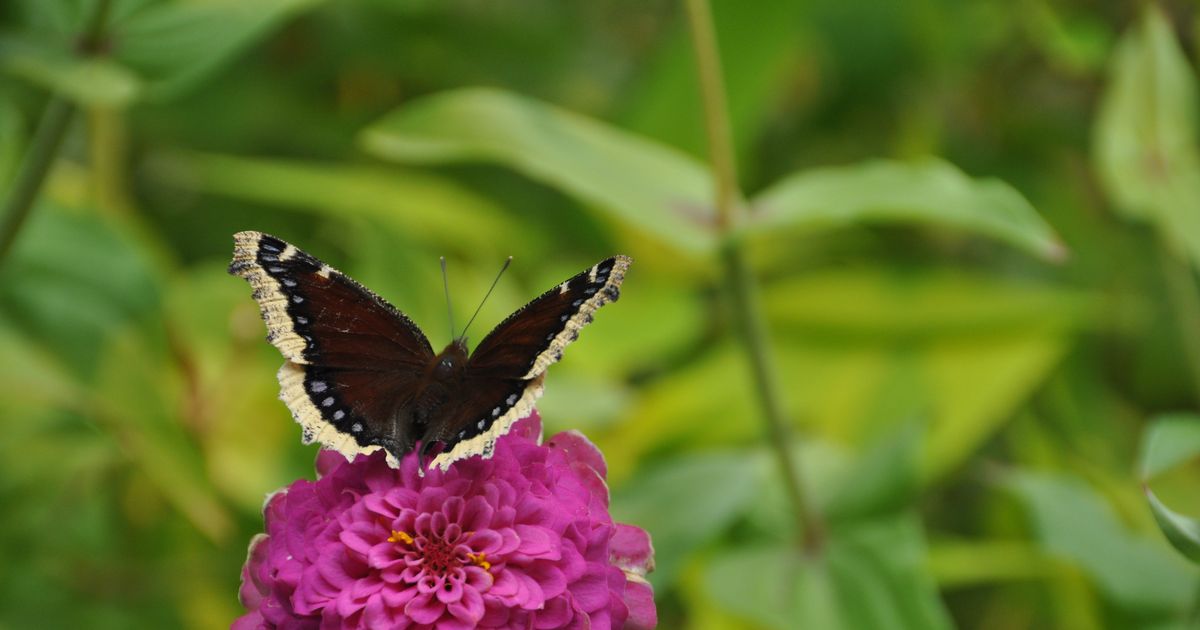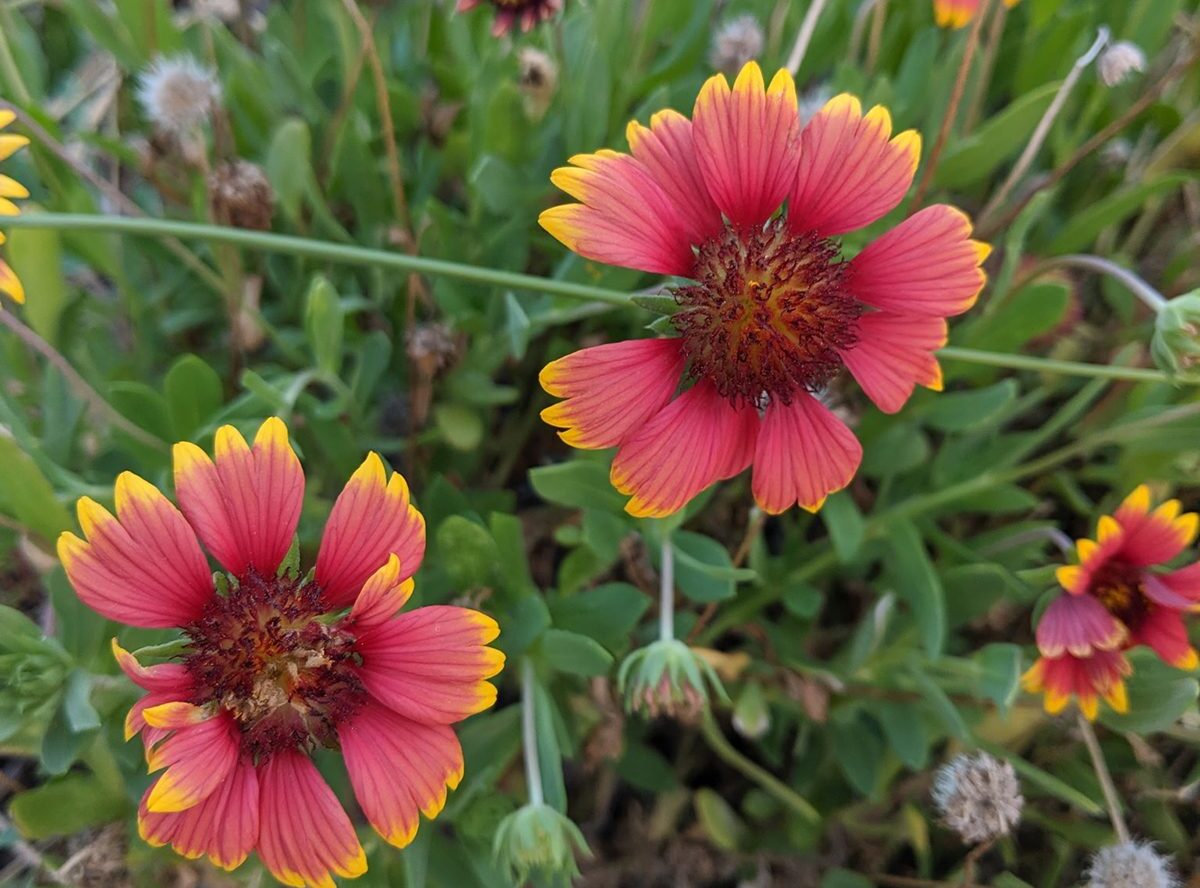Fall is one of the busiest times in the garden. Even spring, the season when most people get âplanting fever,â doesnât measure up to the amount of planting we can and should do now.
Vegetable gardeners are preparing beds and planting fall and winter vegetables and herbs that will thrive in the cool temperatures and occasional freezes of the cool season.
We’re also changing out flower beds, replacing warm-season bedding plants with cool-season ones that will provide color from now until next spring.
Fall is the prime planting season for hardy trees, shrubs, ground covers and vines. About the only things we arenât planting now are tropical plants.
But after lower gardening activity during the hot months, we need to remember not to overdo it physically as the weather cools.
An active hobby
Use an erect body posture when working with long-handled garden tools, such as hoes, spades and rakes.Â
Â
Gardening is a well-documented and beneficial form of exercise. It contributes to a healthy lifestyle, and I am always impressed when I meet people in their 70s, 80s and even 90s who are still actively gardening.
But the more strenuous gardening activities can also cause problems as well, especially for those of us who get very little exercise sitting at desks during the week, only to get out and do too much it on the weekend. Sore muscles, aching backs, blisters and even sprains are common complaints of the weekend gardener.
Use proper body positioning to minimize muscle fatigue and soreness.
STRETCH FIRST: Before you begin gardening, take a few minutes to stretch, which will help minimize muscle soreness and the risk of tendinitis.
STEADY EFFORT: Let your general daily physical activity level serve as your guide for how long you can garden.
TAKE BREAKS: Even if you do not feel fatigued, take a break for a few minutes every half-hour.
VARY TASKS: For example, if you are weeding and using the small muscles of your hands, rotate this task with watering, or hoeing or trimming shrubs where you are using larger muscles in a standing position.

When working low to the ground, avoid putting your weight on an open palm for long periods. Try to remain upright on your knees with your weight on your heels.
MIND THE BACK: Bend at the knees and hips, not your back, to lift and hold objects. Maintain a firm grip with both hands.
STAND UP STRAIGHT: Use an erect body posture when working with long-handled garden tools, such as hoes, spades and rakes.
INCREMENTAL EXERTION:Â When it is necessary to work above shoulder level, perform the task for five minutes or less, then take a break or perform another activity before continuing.
BEND THE ELBOWS: Keep the elbows partially bent while gardening, especially when doing resistive activities requiring elbow strength, like pushing.
BE AWARE OF REPETITION: Avoid twisting the forearms back and forth on a repetitive basis (for example, pulling weeds by twisting the forearm palm up and then palm down). Consider using a weeding tool.
THUMBS UP: Whenever possible, work with the forearms in a neutral position, thumbs up.
Choosing the right helpers

Every gardener should have tools that fit to their height to avoid back strain.
Keep these tips in mind when choosing which tools are best for you.
ERGONOMICS: Avoid tools that seem awkward for you to use. Ergonomic tools designed around human anatomy and proper body mechanics are ideal.
PADDED HANDLES: Use lightweight yet sturdy tools. The handles should be covered with rubber to minimize friction. If your existing tools have wooden or metal handles, consider adding padded tape, such as âWrap N Gripâ or pipe insulation foam.
THE RIGHT HEIGHT: Particularly tall or short people should carefully evaluate the length of the long-handled tools they use to avoid excess strain on the back.
IT’S ALL IN THE HANDLE: A proper handle design on gardening tools is critical. Handles should be cylindrical have a diameter between 1.25 and 1.75 inches.
STAY SHARP: Be sure to keep tools sharp with a tool sharpener, such as a file or honing stone.
OIL: Keep tools with moving parts in good working order and well-oiled so there is little resistance with use.
Gloves matter, too
Keep these tips in mind with choosing your gardening gloves.
PROTECT YOUR HANDS: Gloves protect hands from hazardous chemicals, sharp items and blisters. They help minimize the effects of vibration. On the other hand, gloves decrease the feeling in the hand and decrease hand strength by as much as 30%.
THE RIGHT FIT: Gloves should be form-fitting without being restrictive. Thin gloves are preferable even though they will generally not last as long.
WHICH MATERIAL?: Gloves should be made of material appropriate for the specific task, such as rubber gloves for mixing chemicals, leather gloves for pruning and cloth gloves for digging in the soil.
It is also important to note that working on the hands and knees is common but can cause problems. You should avoid putting your weight on an open palm for long periods. Try to remain upright on your knees with your weight on your heels.
Or, if you do have to get down on all fours, make a fist and place the flat knuckled portion of your hand on the ground instead of your palm, making sure to keep the wrist straight. This will minimize pressure on the carpel tunnel and reduce injury to that area.
Finally, think as much about taking care of yourself as you do taking care of your garden. After all, we only have one body, and it needs to last us as long as we have gardens to tend.









